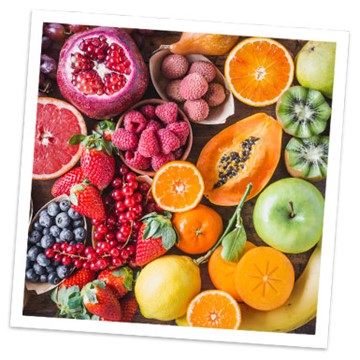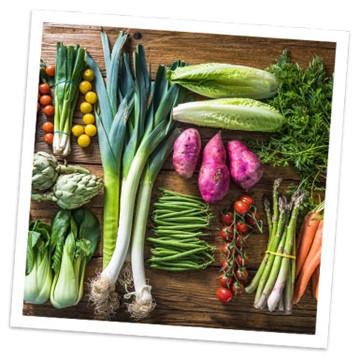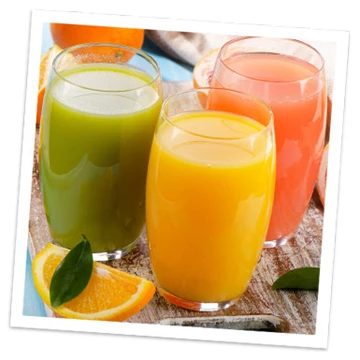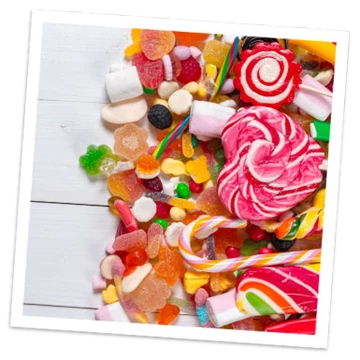Eating properly with fructose malabsorption
People who suffer from fructose malabsorption (intestinal fructose intolerance) must be particularly careful about what they eat. Exactly how sufferers must monitor the fructose content of their food depends on the specific extent of the fructose intolerance: many people with fructose malabsorption can still ingest small amounts of fructose with no significant complaints.
Obvious and hidden Fructose in foods - Fructose has long since ceased to be confined to fruit and vegetables, and is increasingly also used as liquid sugar in industrially produced foodstuffs. This is because fructose is around two and a half times sweeter than glucose, yet contains fewer carbohydrates. In addition, the food industry is keen to use liquid “industrial sugar” because it is cheaper to transport, store and process.
Obvious foods containing Fructose

Fruits
Different types of fruit
As the name “fruit sugar” suggests, fruit contains a lot of fructose. There is a particularly high concentration in grapes, apples and pears, for instance.

Vegetables
Various types of vegetable
As well as fruit, vegetables also contain fructose. For instance, peppers, brassicas and beets have a very high fructose content.

Juices
Fruit juices, fruit syrup and soft drinks
Drinking is important. However, caution is advised with juices: anything that contains fruit also comes with its fructose.
There are even larger quantities in soft drinks and fruit syrups, as fructose is added to these products as a sweetener.
The same applies to fruit compotes and jellies.

Candy
Candy
Fructose is widely used as a sweetener in confectionery of all kinds. Therefore, you should take care if you have fructose malabsorption - unfortunately, the same applies to “light” products.

Processed food
Industrially processed foodstuffs
Ready meals, seasoning mixes, potato chips and baked goods: the list of industrially sweetened products is a long one. In most cases, they also contain fructose.


















